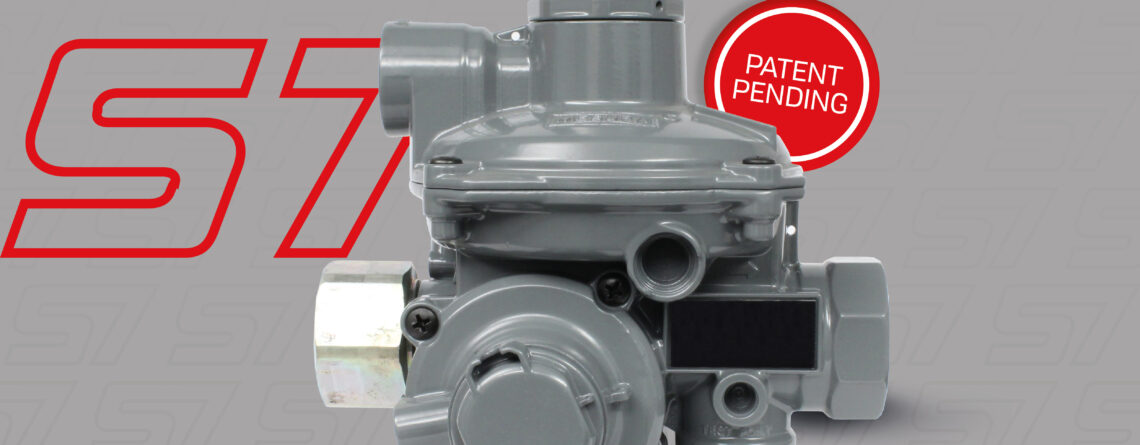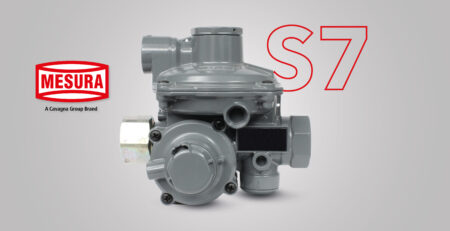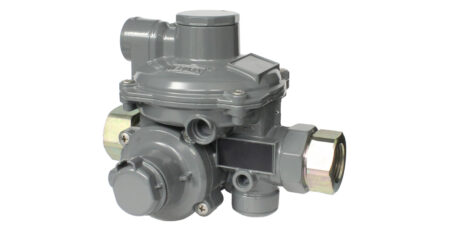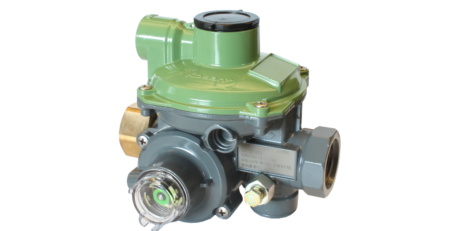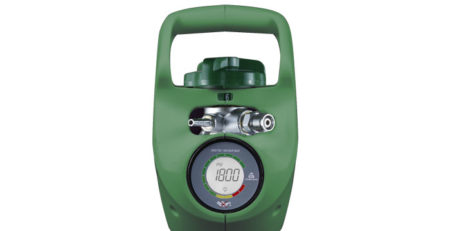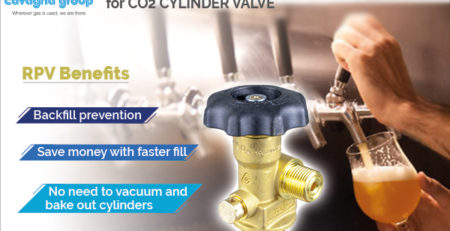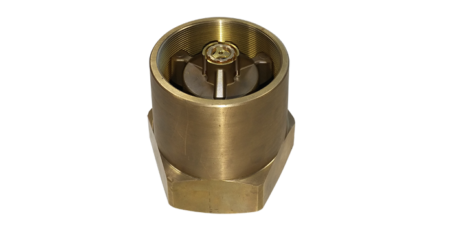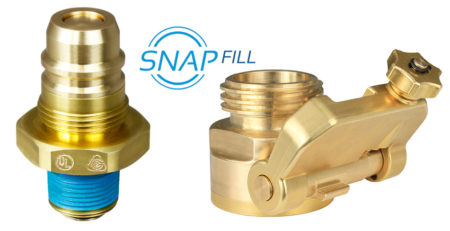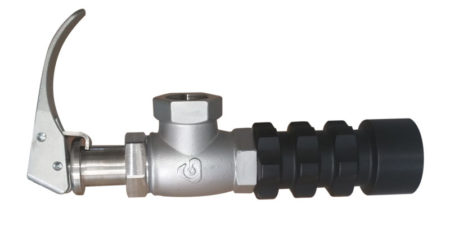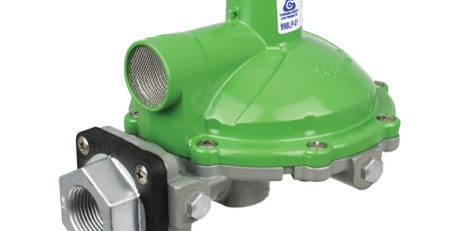What is a Limited Relief? What problems will it solve?
Across North America, utilities are switching to regulators with integral slam-shuts to improve safety and reduce emissions.
Integral slam-shuts can protect against over pressure or under pressure scenarios, and don’t require an Internal Relief Valve (IRV). The issue is that in many areas of the country, you don’t want to risk shutting off a customer’s gas supply for a minor upset. How do you balance the safety and emissions benefits of a slam-shut with the reliability of an IRV? The answer could be a Limited Relief.
What is a Limited Relief?
The latest ANSI B109 standard defines a Limited Relief as “a relief valve with a capacity up to 2.5 scfh at specified conditions.” This means that a Limited Relief is not a safety device but can allow some gas to escape during upset conditions to act as an alarm or prevent the intervention of another safety device (like a slam-shut).
If the integral slam-shut provides safety for the system, then why have an IRV at all?
Ideally, slam-shuts would only activate as the last line of defense before a catastrophe. Minimizing slam-shut intervention for minor upset conditions can avoid a lot of customer headaches and prevent unnecessary truck rolls. Utilizing a Limited Relief allows a small amount of gas to be relieved during minor upset conditions, such as thermal expansion, and keeps the customer online.
For many natural gas companies, slam-shut regulators provide a way to reduce emissions. The combination of an integral slam-shut with a Token IRV, or even a low-flow IRV, is a great way to reduce emissions while keeping the customer safe and online. However Token or low-flow IRVs are not regulated, and the amount of gas vented can vary significantly between manufacturers. A Limited Relief, or Limited IRV, is the only type of IRV that has a defined maximum venting rate. This means that a Limited IRV not only offers the greatest emissions reduction but allows for the most accurate reporting of emissions when necessary.
Why is the limit 2.5 SCFH?
This limit comes from the ANSI Z21.80/CSA 6.22 standard for line pressure regulators that are used on appliances inside the home. These appliance regulators are available with a Vent Limiter, which is designed to keep vent emissions below 2.5 SCFH. Per Z21.80/6.22, this means you don’t have to run a vent line to the exterior of the home if you have a Vent Limiter installed. Vent Limiters can’t be installed outside due to their design, so how do you meet the venting requirements for proper clearance from windows and ignition sources?
A Limited IRV meets the same 2.5 SCFH requirement and can eliminate the need for costly vent piping on residential and commercial meter sets.
A limited IRV offers the best balance of improving reliability, minimizing emissions and simplifying the installation. By allowing a small, controlled amount of gas to vent during minor upsets, a Limited IRV can prevent unnecessary shutdowns while still offering the improved safety provided by integral slam-shut regulators. Its maximum venting rate of 2.5 SCFH ensures compliance with industry requirements and minimizes lost and unaccounted-for gas. As our industry continues to evolve, solutions like the Limited IRV can help utilities meet their strategic goals while ensuring customer safety and system reliability.
This article provides general information about pressure regulation. The words and other contents provided are not intended and should not be construed as warranties, guarantees, or technical advice. If a reader wants assistance to select the proper product for their application, please Contact Cavagna North America.

